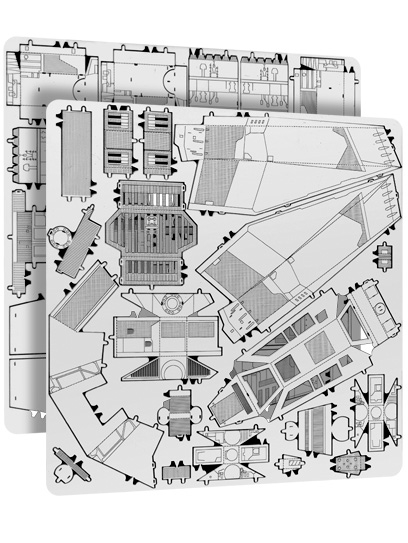

He believed that such a rotor could be stopped and started in flight if used on a winged vehicle, and employed only for takeoff and landing.

Thus it can be used as a virtual flap on an airfoil. The Coanda principle is that if air is blown tangentially over a surface it will adhere and follow the surface until the curvature gets too great and it detaches. Cheesman employed the Coanda principal to create and then modulate the lift on a cylindrical rotor blade. The X-Wing concept is based on the initial work of Professor Ian Cheeseman of the University of Southhampton, England, and his experiments with what some called a “Flying Stovepipe”.
#X wing cockpit plans plus
Because of its low hovering disc loading plus the power to fly at high subsonic speeds, a two-engined X-wing aircraft could hover and fly a good portion of its flight envelope on only one engine. It has the promise of breaking the trend of VTOL aircraft where higher speed requires higher hovering disc loadings (weight of the aircraft divided by the area of the rotor disc, expressed as lbs./sq.ft.) Additionally it can achieve fixed wing flight without the need for a separate wing, promising a lower weight empty fraction (empty weight/gross weight)over those concepts that need both a rotor system and a wing. It uses a large-diameter four-bladed stiff rotor system that can be stopped in flight to become an “X” wing.

The X-Wing is one of a number of concepts proposed to combine the hovering capabilities of the helicopter with the speed potential of fixed wing aircraft.


 0 kommentar(er)
0 kommentar(er)
